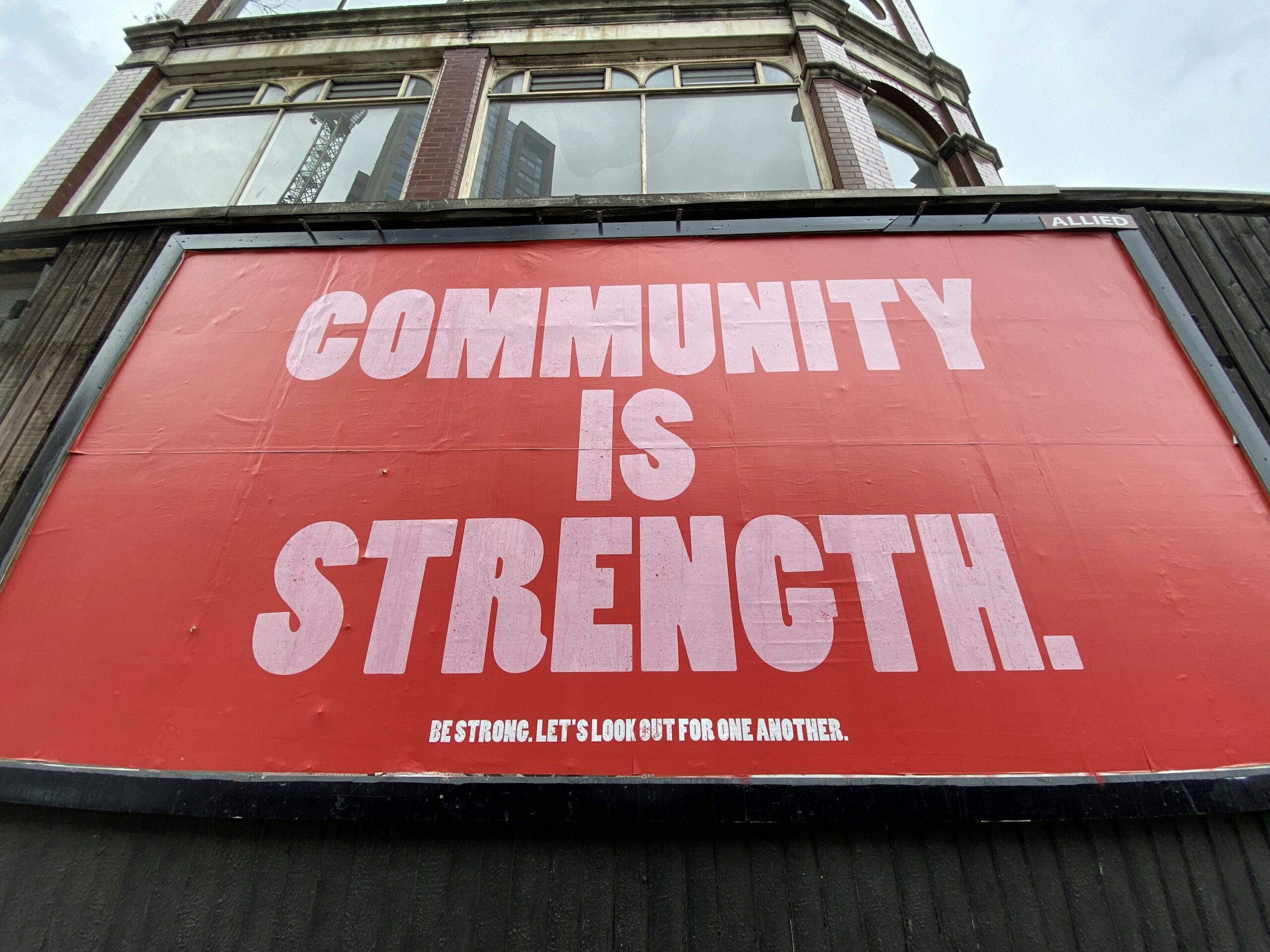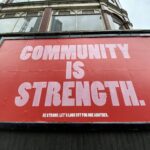Editor’s Note: Writing A Marriage that Changed the World with Joy Jones has brought me many gifts and graces. Among them is Joy introducing me to her friend Debbie Jackson’s partner, Bill Lammers. Bill has been involved with addiction recovery for decades and shares two deep insights I found helpful and important: addiction and recovery are about relationships and community and there are many pathways to recovery. There is broad application to Bill’s message. Enjoy!
In The Essence of Twelve-Step Recovery, published by Hazelden, the late author and historian, Damian McElrath, defined spirituality as relational. He further defined the essential character of addiction as anti-relational, an isolation of intense magnitude that prohibits any kind of deep relationship. Abstinence alone is not recovery; effective long-term recovery from addiction happens “in community” and most often is reflected in essential relationships.
I grew up in a small town in rural Ohio—a sheltered religious environment where nearly all the residents were Catholic. At the center of most activities was the Catholic Church–the only church in town. Community ties were strong and positive. Everyone knew everyone (and everyone’s business).
Yet, at the center of my family was the cunning, baffling, & powerful disease of addiction. Despite my small town’s supportive community, I learned very early to develop effective coping mechanisms to protect myself from the effects of our damaging family disease. I leveraged my personal shame and the family shame I perceived from the community to develop and reinforce multiple tools of isolation.
When I went away to college, one of my early chosen courses in Miami University’s Common Curriculum was World Religions. My protective Catholic information bubble was quickly burst as I learned a vast array of other religious & spiritual beliefs. One concept that has stuck with me for over 50 years was Paul Tillich’s Ultimate Concern—one’s spiritual center.
Later, through many forms of addiction, I experienced an intense spiritual void, reflected in strong feelings of anxiety and meaninglessness. I deeply felt that my ultimate concern or spiritual center was empty or perhaps full of shame. Fortunately, through decades of personal recovery, I have been able to reconnect with a triad of essential relationships—Self, Others, and a Higher Power. I experienced recovery as a spiritual path, a search for my personal Ultimate Concern.
Originating from a deep place of isolation, my addiction recovery journey has not been easy. A variety of 12-step programs have helped immensely. Yet, I have also learned, over time, to be more expansive in my sometimes-myopic understanding of other community-based roads of recovery from addiction.
While new research has scientifically validated the efficacy of 12-step recovery programs, these studies have also recognized the importance of alternate community & faith-based programs. Over twenty million people in this country self-identify as being “in recovery”. However, only two million of these same respondents report to be members of 12-step programs. And while alternativerecovery pathways tend to be less effective than committed 12-stepinvolvement, their significance in the overall addiction recovery landscape is important and worthy of respect, recognition, and celebration.
Entry doors into recovery–that personal search for one’s ultimate concern––can vary widely, but research shows the common denominator to be a close connection with essential relationships in community. Interestingly, historically black churches tend to sponsor recovery programs with higher success rates than other churches. Success in those programs is often attributed to a closer-knit spiritual community.
Many of us who have experienced our ultimate concern as “12 steppers” have often looked down on the alternative pathways chosen by others. I know that, at times, I certainly have been guilty of that myopic view. It may sound too simple, but the most consistent and important factors in effective personal recovery from addiction are essential community relationships and the reduction of isolation. Many options are available to achieve those important goals.
May we open our minds and rededicate ourselves to a better understanding of addiction, and may we open our hearts to warmly welcome others into the multiple & varied pathways to recovery.
_____
William (Bill) Lammers, of Washington D.C., is currently a Member of the Board of Governors of the Hazelden Betty Ford Graduate School and is a past member of the Board of Directors of the Hazelden Betty Ford Foundation. He has served in a variety of governance roles with other nonprofit entities, including cancer, addiction, & mental-health advocacy organizations. Bill is grateful to identify as a person in long-term recovery from addiction & cancer. Recovery is relational, and Bill is thankful to embrace theloving support of an extended family and community.
References:
McElrath, Damian. The Essence of Twelve Step Recovery. Center City, MN: Hazelden, 2008.
Tillich, Paul. The Courage to Be. New Haven, CT: Yale University Press,1952.
Kelly, John F., Ph.D, A.B.P.P., Addiction Treatment and Recovery: The Multiple Pathways to Recovery. Recovery Research Institute, Massachusetts General Hospital.




0 Comments